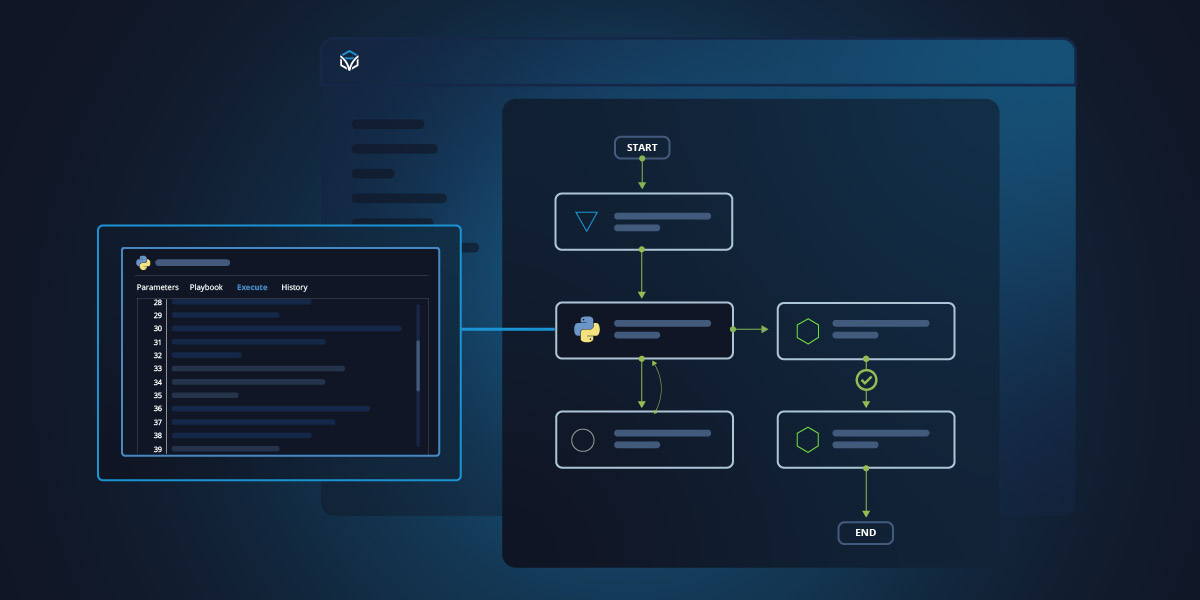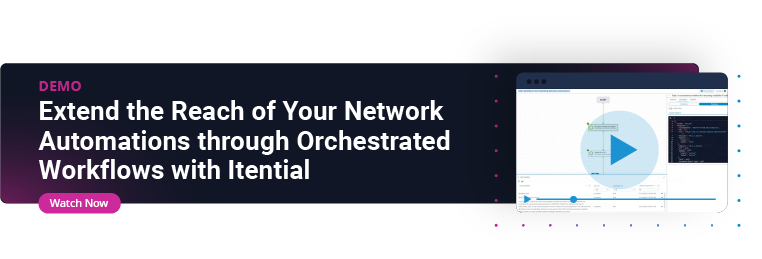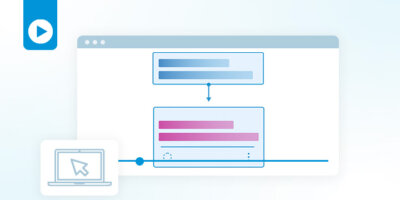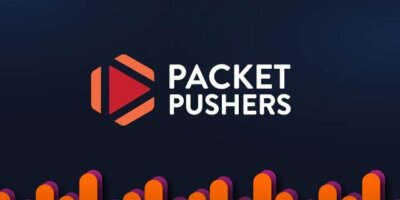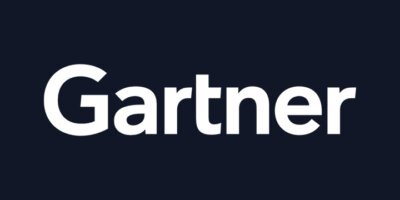Network automation is simple, right? Here’s what you do:
Step 1: Automate all the things.
Step 2: ????
Step 3: Profit!
What’s missing from this simple formula for success?
A Tool for Every Occasion (& Network Domain)
Every network domain has a different set of automation tools that are available to teams today. Some automation tools are available directly from a vendor and align closely with the network hardware, like Arista CVP or Cisco APIC for data center solutions, or a controller or director for an SD-WAN solution. Other tools can automate more generally across a large assortment of network vendors and CLIs, like Ansible or Python (with the relevant libraries).
These tools typically have a tight focus on task automation in that domain. Automating frequent network and security changes can be a game changer for practitioners, but does it have a significant impact on process speed when you think about other teams? Security, IT, operations, there are multiple touchpoints along a change process. What if your automation efforts could save time not just for you, but for the entire organization — maximizing your impact and ensuring your work is recognized and valued by all relevant stakeholders?
If your automation efforts haven’t translated to this level of impact yet, you may be missing that crucial step!
The Missing Step: Orchestration
How are all of your network automations run?
By a person running them from command line, driven by a change request ticket? Or (more likely) is it multiple people, on multiple teams, that aren’t just running their automation tools but also executing a series of manual steps before and after the automated task.
This approach can slow down key processes, but orchestration solves that challenge. In general terms, you can think of orchestration as the ability to run a series of these automation tools together, along with other manual tasks, to model and execute a process. In an environment that’s missing this step, this process is usually manual in nature — automating network changes is just one important step in a large flow of important steps, whether you’re orchestrating them or not.
Question: If task automation saves lots of time, how much time does orchestration save?
Answer: LOTS. TONS. SHOCKINGLY SO.
Think about this process for a moment. If a request for a new application or service is created, how many different network components in different domains have to be updated?
- Cloud? Data Center? Firewall? What steps occur before and after the network changes? Are they manual?
- How is each team doing the pre- and post-check process? Do they have time to do all the checks they would like?
- Are you gathering data from systems of record?
- Are you a pro-level user of copy and paste keyboard shortcuts and an expert navigating your notepad application of choice? What about the rest of your team?
- Are you at the “beck and call” of change request tickets? (Or do you consider change request tickets your de facto manager?)
- Do you have to document changes and results in a ticket system or series of systems?
- Wouldn’t it be great to update your peers/colleagues/stakeholders in real time?
If any of these questions ring true, you need to orchestrate your automations.
Orchestration With the Itential Platform
Your automation tools, as good as they are at automating changes, probably aren’t capable of integrating with all of your tools and systems to orchestrate the entire process. And that’s fine, because they are focused on doing what they’re best at. Orchestration doesn’t replace domain-specific automation tooling, it acts as a layer on top that coordinates everything.
By implementing Itential as your orchestration platform, you can take advantage of all of your existing automations to make changes in every domain, and quickly add in all of the current manual steps that aren’t currently automated. Quickly because we use a low-code canvas to express every step as drag-and-drop components.
This comes with several advantages over writing custom code to orchestrate processes:
- Increase participation in building automations and orchestration workflows.
- Increase utilization of automated, orchestrated services.
- Easily manage integrations to all your systems in a single application, so as systems and processes change, there’s no need to manually update integration code or pages and pages of programs.
This is great for NetDevOps teams or anyone who has focused on writing automations using whatever tools they chose. Itential is designed to let you manage integrations without code so you can continue to do the fun, interesting stuff like writing infrastructure automations.
And those automations can include whatever steps you may want to include within them. Did you want to handle gathering data from and IPAM in python before a network change? Go for it! That data can be passed back to an Itential orchestration workflow and utilized for further tasks, like building a new set of firewall rules with that assigned IP address.
Since teams can now use your automations in a workflow, Itential also allows for extensibility — network teams can add process steps as needed, technical or nontechnical (pre/post check), without custom development changes and testing, reducing the cycle to get lots of things done.
If you want to see how we can help you implement Step 2 and increase the impact of network automation, please check out this webinar where I show you step-by-step how to turn all of those automations into orchestrations in an Itential workflow.

